Contact
Forest Resources
Email: Jacob Hackman
Assistant professor - forestry management & forestry extension
Email: Jaret Rushing
Forestry extension instuctor
Phone: 1+870-460-1052
University of Arkansas System Division of Agriculture
Cooperative Extension Service
2301 S. University Avenue
Little Rock, AR 72204
Best Management Practices for Forestry
What are BMPs?
Best management practices or BMPs are management practices that can help landowners conserve and protect water quality. They are NOT how to grow bigger trees! These practices are also voluntary but can help woodland owners demonstrate their commitment to good forest management and stewardship.
Generally speaking, forest management is a very minor contributor to stream sedimentation and water pollution. However, certain forest management activities including road construction, skid trails, and log landings can impact water quality.
Woodland owners, foresters, loggers, and other landowners need to understand:
- Impacts of forest management
- Management practices to conserve my water quality
What are the impacts of forest management activities?
The location of your forest stand can influence outcomes of forest management practices
Wetlands: If your forest land is located in a seasonal wetland area, certain management practices including timber harvesting, should only be applied when the site is dry.
Steep, rocky slopes: If your property is characterized by steep, rocky slopes, timber harvesting can be more difficult.
Stream sides: If your forest land is located along a stream or river, certain management activities can be modified to protect stream banks and overall water quality.
Forest management activities can potentially cause water quality problems. The following are a few potential concerns for water quality.
| Activity | Potential Impacts on Water Quality |
|---|---|
|
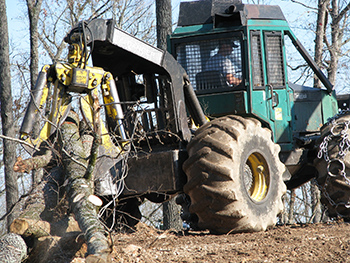 |
|
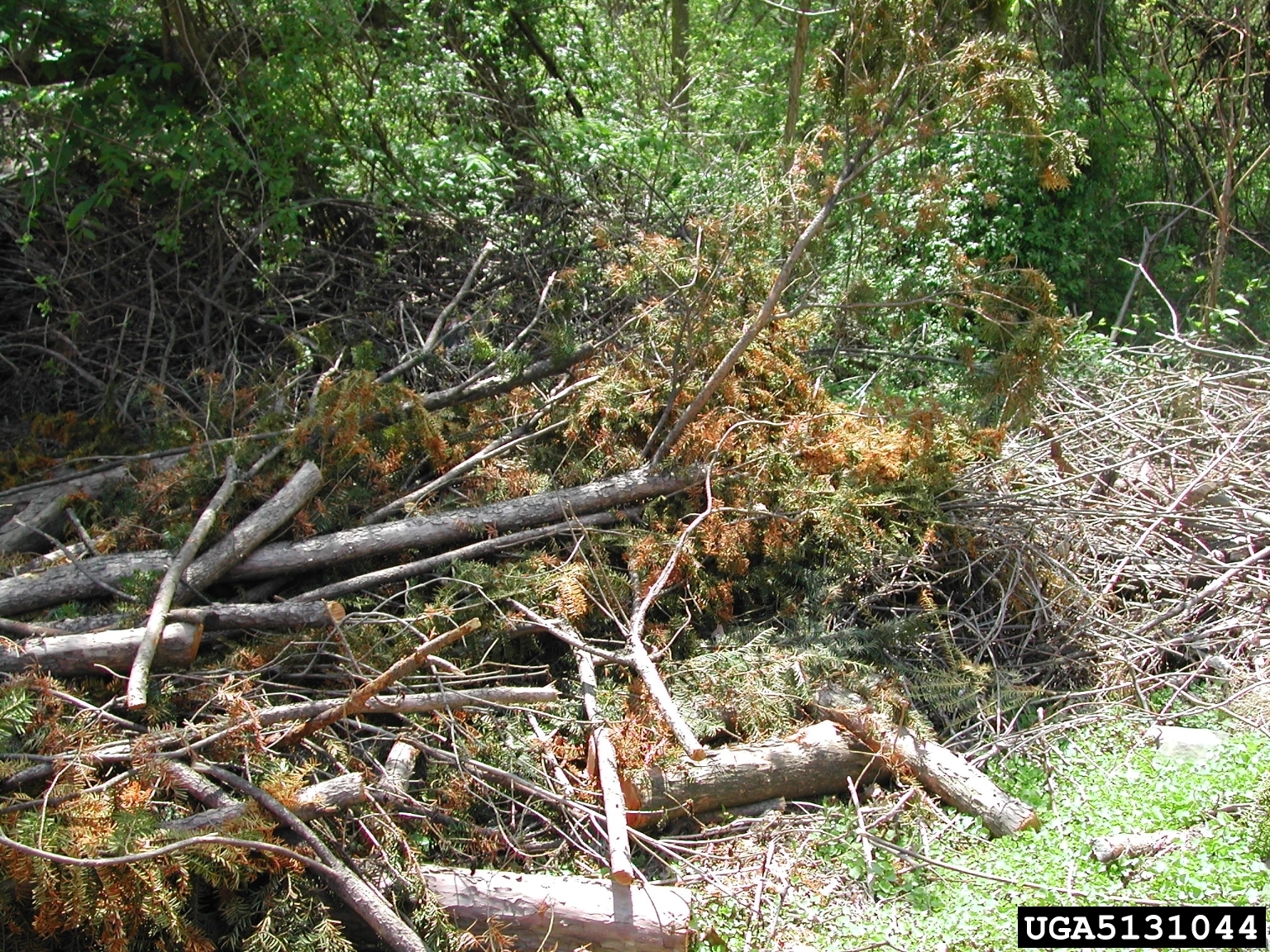 |
|
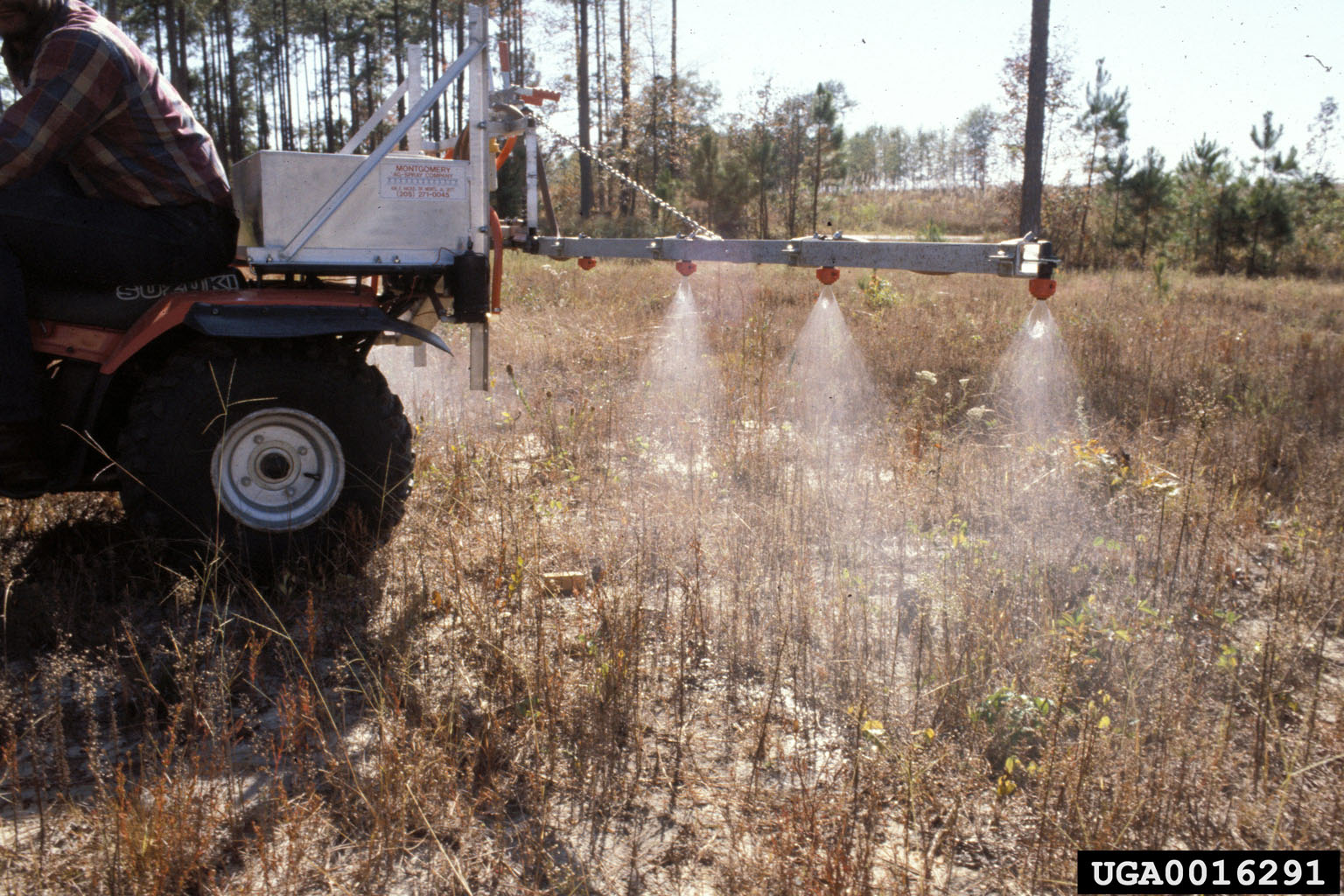 |
|
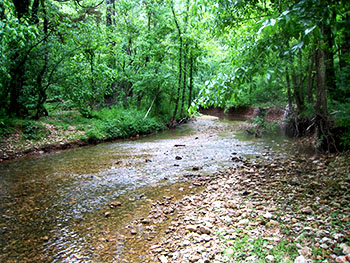 |
|
What forest management practices conserve my water quality?
Most States have developed guidelines, commonly called best management practices (BMPs), that can help landowners, loggers, and forest contractors minimize forest site damage and soil erosion. These BMPs are voluntary in Arkansas and can be modified for a landowner's specific site conditions.
The best way to protect stream banks during timber harvesting is to maintain some degree of forest cover and/or other ground cover along stream sides. Forest cover along stream or river banks can also protect water quality problems arising from livestock, crop, pasture, or forest management. Maintaining trees on highly erodible steep slopes can protect a landowner against soil erosion and water runoff problems.
- Access roads and skid trails should be constructed using various methods to minimize
stream sedimentation.
- Locate logging roads to compliment natural drainage.
- Plan road layout in advance and keep skid trails and truck roads well away from streams
and drainages.
- Avoid locating roads on flat ridge tops or benches where water will not drain. Research
shows that the greatest percentage of soil erosion from timber harvesting comes from
improper road layout and construction.
- Construct logging roads to maximize self-drainage. Outslope roads or construct ditches
and drainage structures when necessary.
- Limit road grades to less than 10 percent to avoid rutting caused by wheels slipping.
- Install water turnouts and broad-based dips in the roadbed at strategic locations
to divert water into vegetative cover.
- Construct water bars on skid trails and abandoned roads following harvest.
- Maintain acceptable road grades on mountain sides by using switchbacks to gain elevation.
- Cross larger streams at right angles using a bridge or culvert(s). Ford small streams
at points where the disturbance to streambed or banks will be minimized.
- DO NOT drive trucks or skidders up the stream bed.
- Leave undisturbed filter or buffer strips of trees and vegetation on both sides of
all streams and major drainages. The width of these recommended Streamside Management
Zones (SMZs) varies from state to state although many recommend that SMZs be at least
50 feet wide on both sides.
- Cut or fell trees away from the stream and keep heavy equipment out of the filter
strip by using the cable and winch on skidding equipment.
- Stabilize the soil on log landings and skid trails following harvest by seeding with grass or legumes. Also, disk and seed any logging roads that will not be properly converted and maintained as permanent forest roads.
Choose a site preparation method that minimizes exposing and disturbing the soil.
- Mark the boundaries of all Streamside Management Zones (SMZs) before site preparation
begins
- Do not conduct mechanical site preparation in SMZs
- Minimize crossing streams
- If stream crossings are necessary they should be kept to a minimum, and made at right angles
The recommendations briefly discussed here provide an overview. More specific recommendations can be found in the Arkansas Forestry Commission's Best Management Practices available on-line at the Arkansas Forestry Commission website. You can also obtain a copy by contacting the AFC at 501-296-1940.
Who is responsible for BMP implementation?
Loggers, professional foresters, and other natural resource professionals are the individuals most likely to implement BMPs as part of a timber harvest or other forest management activity conducted for a landowner. Landowners, however, can and should require BMP implementation by including them as a provision of the timber sale contract or other forest management contract. You, as the landowner, are ultimately responsible for protecting the water quality of your woodland.
Which Federal and State Policies should I know about?
Non-point sources of water pollution, including any generated from forest management activities, were included in Section 319 of the Water Quality Act passed by the United States Congress in 1987. The primary purpose of the Act is to improve water quality and control non-point source pollution. For information about government policies concerning water quality, go to Extension's Water Quality Policies.
Summary
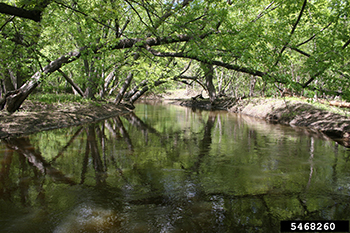
Forest land can be managed for a variety of landowner objectives including income generation and habitat protection.
Forest land managed as part of a larger farm or ranch can not only generate income but protect water and soil quality and enhance wildlife habitat. Best management practices and forest buffer strips are potential tools that landowners can use to reach this goal. Landowners interested in learning more about forest or riparian buffer strips can obtain more information from our fact sheets and guides. Contact your local county Extension office for more information.